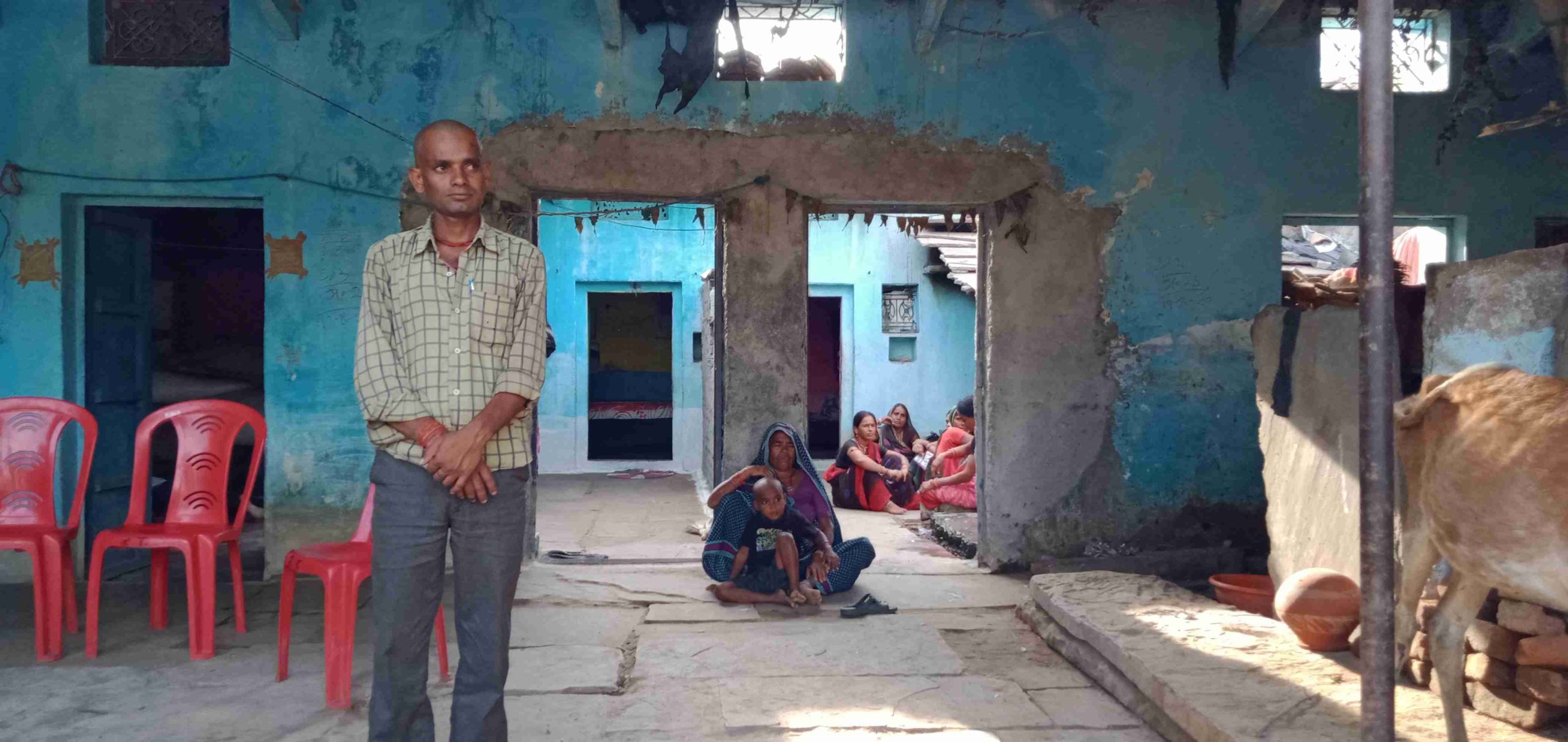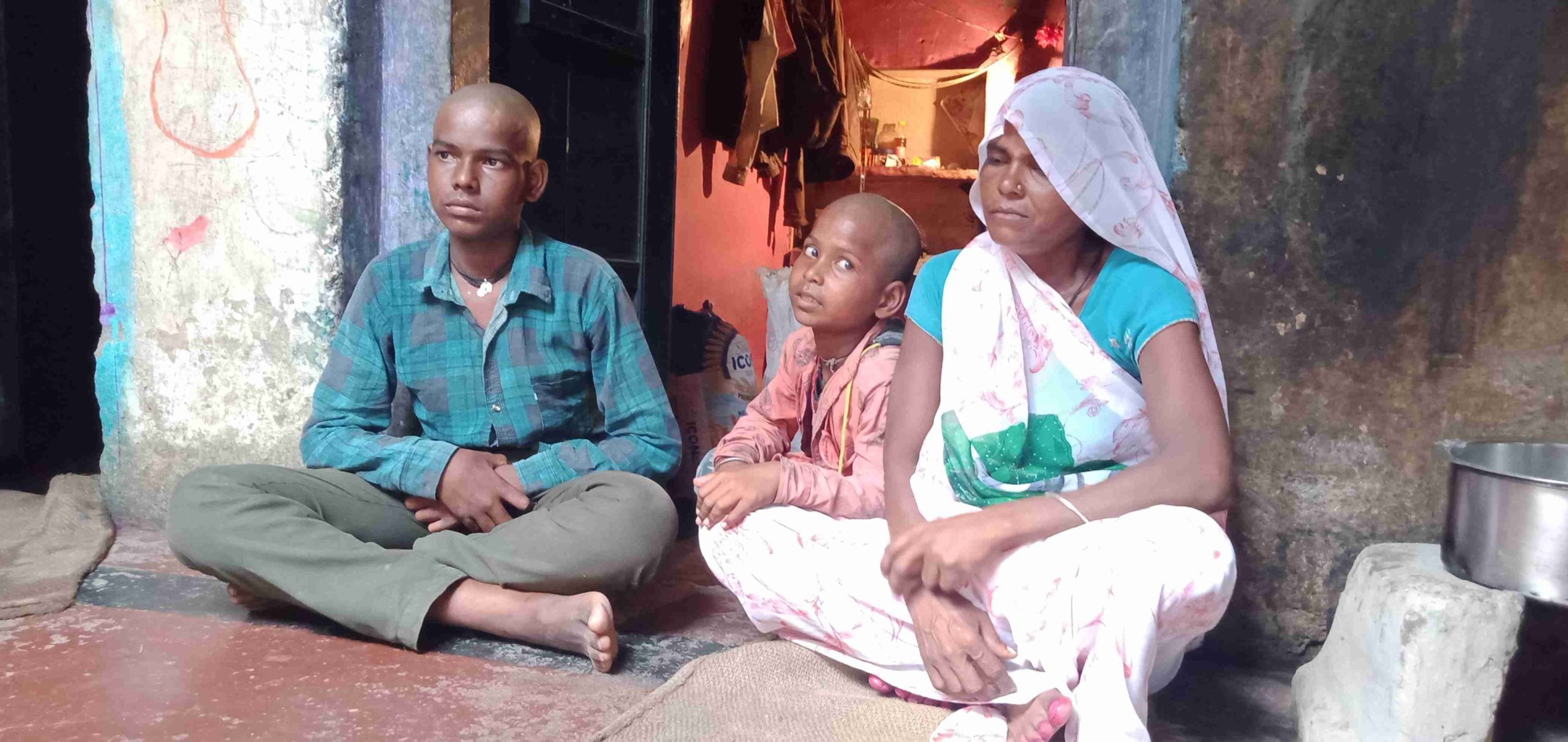Debt and natural calamity push Bundelkhand’s farmers to the brink
Data from the National Crime Records Bureau shows 28 farmers and farm labourers end their lives every day in India. In the past two months, numerous farmers have perished due to crop failure in Lalitpur district of Bundelkhand in Uttar Pradesh


Sixty-five-year-old Tunde Prajapati, a farmer of Jakhlaun village in Lalitpur district of Bundelkhand region in Uttar Pradesh, headed a joint family of 20 people, including four sons and their families. He had 7.28 hectares of land and had taken a loan of Rs 2.71 lakh from the Central Bank of India, Jakhlaun, through Kisan Credit Card. He planted the kharif crop of urad and hoped for a good harvest, unlike in the recent past when crops failed. Unfortunately, this crop too failed, and Prajapati ended his life in early September, in the same well he used to irrigate his crops.
“Our father visited the fields every day for the last two-three days, and kept saying that the crops had failed him yet again, the debt is rising and loans have to be repaid. Had our crop not gone bad, our father would have been alive,” 30-year-old Sukhsingh Prajapati, Tunde’s son, told Gaon Connection.
As per the latest National Crime Records Bureau (NCRB) report, an Indian government agency responsible for collecting and analysing crime data, 10,281 farmers and 32,559 daily wage labourers took their lives in 2019. Thus, on an average, 28 farmers (farm owners and agricultural labourers) and 89 daily wage labourers ended their lives daily last year.

Three days before Tunde, Hardayal alias Malinder Kushwaha, a small farmer from the same village, died under similar circumstances. He had a land parcel of 1.21 hectares, and sold half of it some time ago. The urad crop failed on the remaining land too, and was unable to stay afloat, trapped in debt. He is survived by his two sons and wife Ganeshi. Mohan Lal, his younger brother, said that Kushwaha had gone to the field to harvest urad, but was found dead.. “Whenever bhaiyya spoke to me, he used to worry about repayment of debt,” he added.
Earlier, farmers and labourers of Lalitpur in Bundelkhand had alternative employment — they would cut and extract stones in over 70 quarries in Dhaurra and Jakhlaun. Thousands of people found work there, but the mines have been closed for some years now leaving them completely dependent on farming, which, in turn, is dependent on the vagaries of nature.

Farmers swamped in debt have little recourse but to sell their land or end their lives, said other farmers. “The farmer takes loans from the bank and invests it in farming. Just when the crop is ready, some calamity or the other befalls and the yield is ruined. How does a farmer then repay the bank?” asked Bala Prasad, Kushwaha’s neighbour.
He then has to borrow from moneylenders or relatives to cultivate again. If that too fails, he is now indebted to two parties. “Then, he borrows from a third, and is forever trapped in the vicious cycle of debt. Farmers are completely stressed,” pointed out Prasad.
Incidentally, the Gaon Connection Survey which delved into the agony of rural India, found that 42 per cent of farmers could not sow crops in time during the lockdown. The national survey was conducted between May 30 and July 16, 2020. The farmers who cultivated perishable crops of vegetables and fruits suffered the biggest losses. 41 per cent of the farmers who were a part of the Gaon Connection survey could not harvest their crops in time due to lockdown and 55 per cent could not sell their produce in time.
The Survey also found out that nine out of 10 rural citizens faced some sort of financial difficulty during the COVID-19 lockdown.

